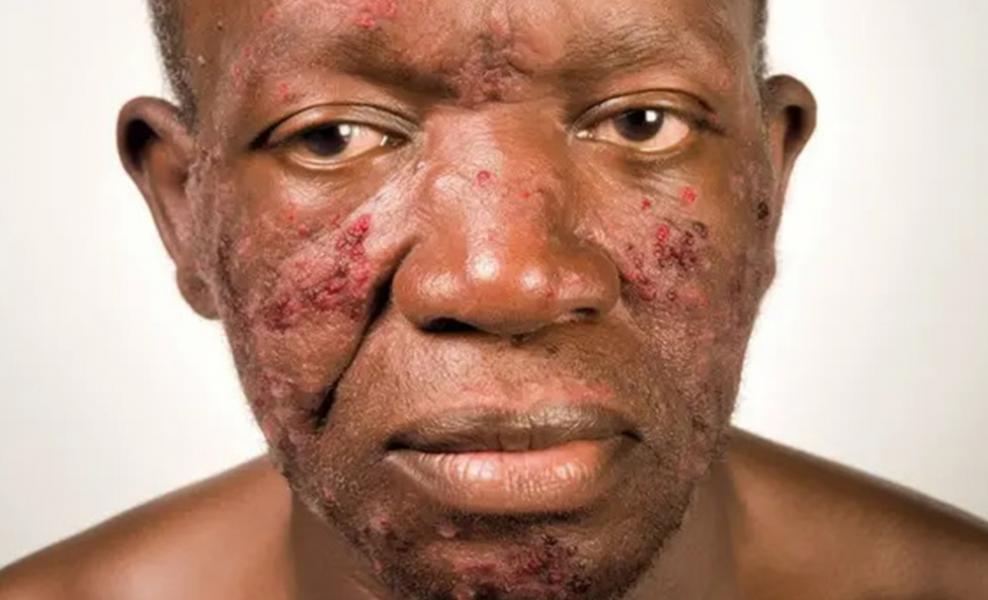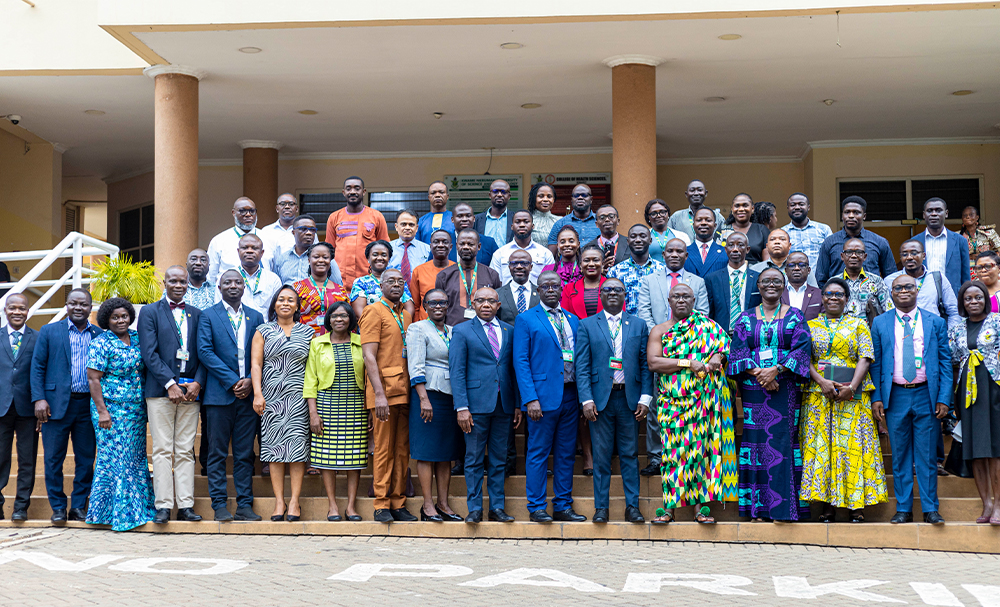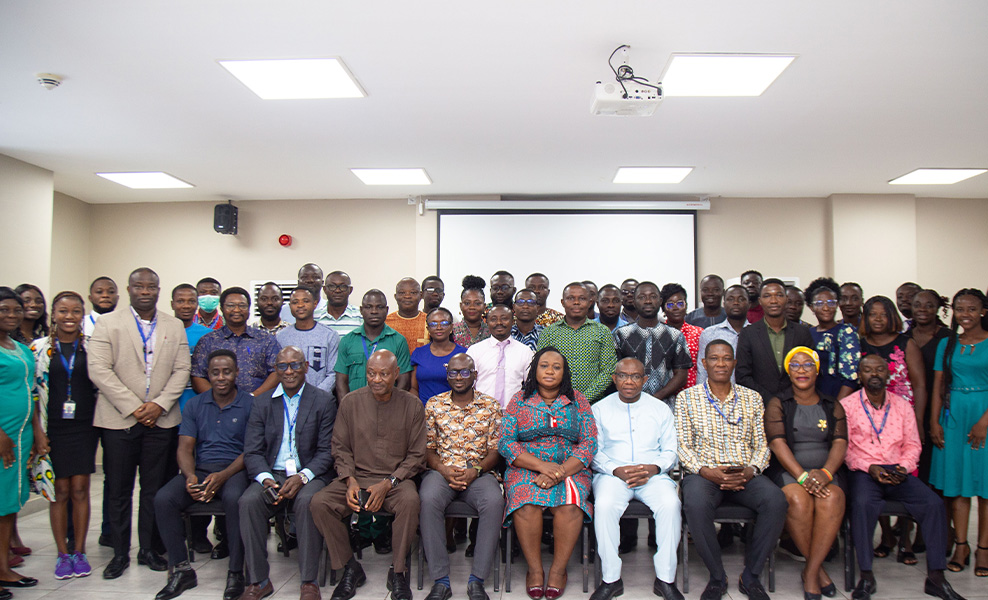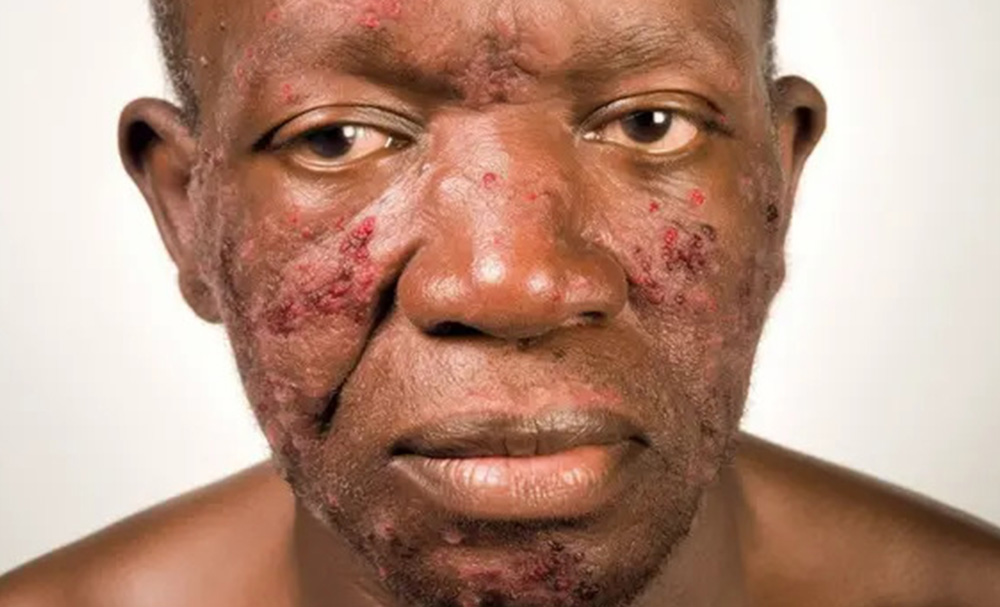When a rash told a deeper story: How a woman battled a rare eye condition linked to shingles and HIV

When Ama, a 43-year-old woman, first noticed a painful rash on her forehead, she didn’t think too much of it. It came and went.
But two months later, she woke up with her left eyelid drooping and her vision blurred. Something wasn’t right.
Ama, who has been living with HIV and managing it with antiretroviral therapy, had developed more than just a lingering issue from an old rash.
She was now facing Orbital Apex Syndrome, a rare and serious complication of Herpes Zoster Ophthalmicus (HZO), also known as shingles of the eye.
Herpes zoster, the virus behind chickenpox, never fully leaves the body.
It hides in nerve cells and can reactivate years later, especially in people with weakened immune systems. For most, it causes a painful skin rash. But for a few, like Ama, it strikes deeper.
In her case, the clinicians from the School of Medical Sciences found that the virus had reawakened in the nerves of her face, targeting the eye area and leading to damage around the very back of the eye, an area known as the orbital apex.
This is a tightly packed zone where critical nerves and blood vessels pass through. Damage here can cause serious consequences: drooping eyelids, eye movement problems, and even vision loss.
By the time Ama arrived at the eye clinic, she had full drooping of the left upper eyelid, limited eye movement in all directions, and her vision in that eye had deteriorated to 6/36, meaning she could barely see clearly across a room.









